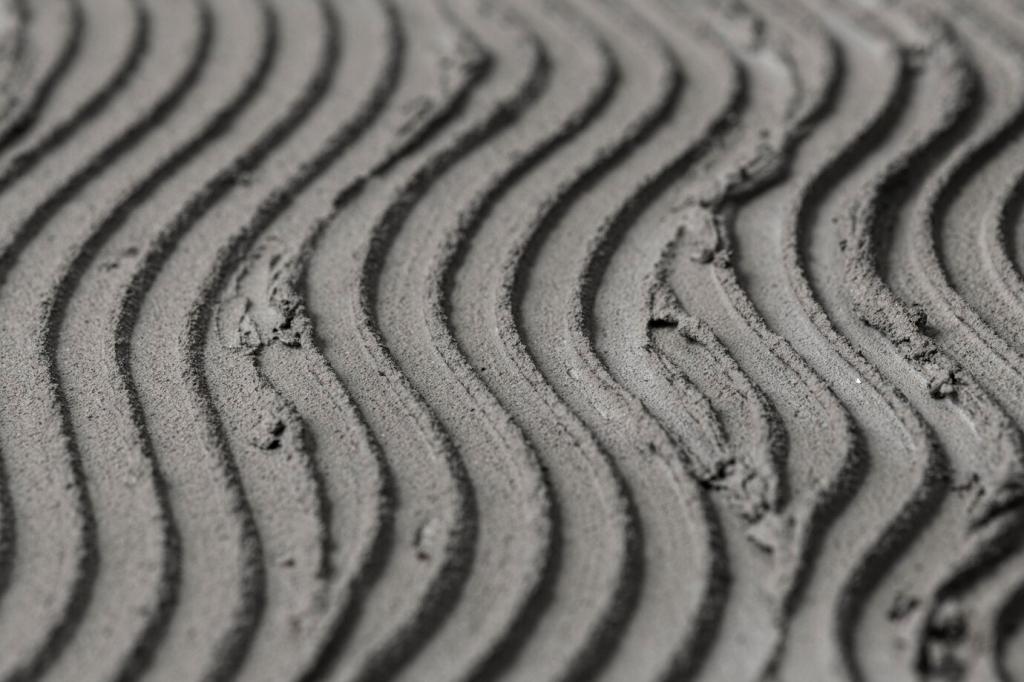
Minimalist Kitchen Aesthetic Suggestions
Embracing a minimalist kitchen aesthetic can transform your culinary space into a serene, functional, and visually appealing environment. Minimalism goes beyond decluttering; it creates a curated atmosphere where every element serves a purpose and contributes to an overall sense of calm. By refining your kitchen’s features and focusing on simplicity, you can craft a timeless style that prioritizes both efficiency and beauty. This guide will walk you through essential aspects of minimalist kitchen design, from color palettes to materials, storage solutions, and finishing touches, to help you realize your vision for a truly minimalist kitchen.

A pure white kitchen evokes a sense of honesty and openness, making even the smallest spaces feel bright and airy. White-on-white themes enhance clean lines and reduce visual noise, creating a cohesive background that highlights simple hardware and fixtures. This approach also complements natural light, amplifying the feeling of space and tranquility. However, textural variety—such as matte cabinets or smooth stone countertops—prevents the look from becoming sterile. Minimalist kitchens in white serve as blank canvases for seasonal accents or functional elements, allowing effortless personalization while maintaining an uncluttered vibe.

Introducing soft greys or warm beige undertones adds depth and comfort to a minimalist kitchen without compromising the aesthetic’s understated integrity. These nuances soften white’s starkness and offer a contemporary edge that works equally well with modern or classic architecture. Greys and neutrals can be applied through cabinetry, backsplashes, or flooring, allowing subtle layers of tone that feel thoughtful yet unobtrusive. The harmonious quality of such colors encourages relaxation and longevity in design, ensuring your kitchen remains stylish over time, regardless of evolving trends.

Embracing earth-inspired shades—such as clay, taupe, or olive—brings organic warmth to minimalist kitchens. These tones foster a sense of connection to nature, grounding the sleek simplicity of modern design in timeless appeal. Earth tones are particularly effective in kitchens with wood or stone details, bridging the gap between function and tranquility. They invite visual harmony, allowing clean lines to stand out while creating a welcoming atmosphere conducive to cooking and gathering. Through subtle shifts in color intensity, earth tones add dimension and comfort, crucial for those seeking both style and substance.
Essential Materials and Textures
Seamless Stone Countertops
Stone countertops, particularly those with minimal veining and matte finishes, capture the minimalist essence through durability and understated luxury. Quartz, marble, or soapstone introduces a sense of permanence and craftsmanship while resisting the visual busyness of more ornate patterns. The seamless flow of a stone slab eliminates distracting lines and offers a surface that’s as practical as it is visually serene. Paired with thoughtful lighting, stone countertops can anchor your kitchen, providing workspace and design continuity that age gracefully over time.


Sleek Cabinetry and Handleless Designs
Minimalist kitchens often employ cabinetry with smooth, flat fronts and integrated handles or push-to-open mechanisms to maintain a streamlined appearance. Glossy or matte finishes in neutral shades keep surfaces discreet and easy to clean. The absence of ornate hardware reduces distraction, drawing attention to the kitchen’s architecture and proportions instead. Such cabinetry not only conceals clutter but also contributes to the overall sense of order essential in minimalist design. Whether you choose lacquer, wood veneer, or laminate, the guiding principle is an uninterrupted visual flow.

